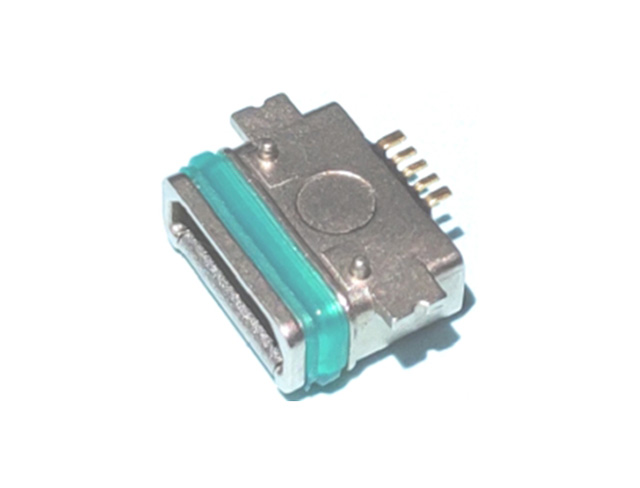A connector is an indispensable part of an electronic device. It bridges the communication between the blocked or isolated circuits in the circuit, so that the current flows and the circuit achieves the predetermined function. The connector pin form and structure are ever-changing. With different application objects, frequency, power, and application environment, there are various different types of connectors. Although there are many types of connectors, the basic performance can be classified into three categories: mechanical performance, electrical performance, and environmental performance.
In terms of connector function, insertion force is an important mechanical property. Insertion and extraction force is divided into insertion force and extraction force (extraction force is also called separation force), the requirements of the two are different. In the relevant standards, there are provisions for maximum insertion force and minimum separation force, which indicates that from the perspective of use, the insertion force is small (thus a structure with a low insertion force LIF and a non-insertion force ZIF), and if the separation force is too small, It will affect the reliability of the contact.
Another important mechanical property is the mechanical life of the connector. Mechanical life is actually a durability index, which is called mechanical operation in the national standard GB5095. It takes one insertion and one extraction as a cycle, and judges whether the connector pin can normally complete its connection function (such as contact resistance value) after a specified insertion and removal cycle. The insertion force and mechanical life of the connector are related to the contact structure (positive pressure), the quality of the plating at the contact part (coefficient of sliding friction), and the dimensional accuracy of the contact arrangement (alignment).
Vibration and shock performance: Vibration and shock resistance are important properties of electronic connectors, especially in special application environments such as aviation and aerospace, railway and road transportation. It is a test of the robustness and electrical contact of the mechanical structure of electrical connectors. An important indicator of reliability. There are clear regulations in the relevant test methods. The impact test shall specify the peak acceleration, duration and impact pulse waveform, and the time for electrical continuity interruption.
Contact resistance: High-quality electrical connectors should have low and stable contact resistance. The contact resistance of the connector ranges from a few milliohms to tens of milliohms. The factors that affect the contact resistance are: the resistivity of the surface material of the contact, the contact pressure, the contact area, the shape of the contact, the surface condition (relative cleanliness, roughness and hardness), the current, the open circuit voltage and temperature at the contact when the current is cut And the thermal conductivity of the wire.
Electrical strength, or withstand voltage, dielectric withstand voltage, characterizes the ability of the connector to withstand the rated test voltage between the contacts or between the contacts and the housing. The measurement method is to apply a test voltage higher than the working voltage between the contacts of the connector and the contact between the contact and the housing for a specified time to determine the correctness of the insulation material, insulation spacing, and insulation structure, and check the existence of parts The shortcomings of the connector are tested for the ability to withstand transient overvoltage caused by opening, closing, surge and similar phenomena.
Insulation resistance is an index to measure the insulation performance between the electrical connector contacts and between the contacts and the housing, and its magnitude ranges from hundreds of megohms to thousands of megohms. It is determined by the dielectric insulation capacity of the medium, the larger the insulation resistance value, the better. Can not equate the insulation resistance with the withstand voltage, because the insulation materials are mixed or synthesized from different materials, their insulation resistance is naturally different. Therefore, the measurement of insulation resistance cannot completely replace the measurement of cleanliness or non-destructiveness.

